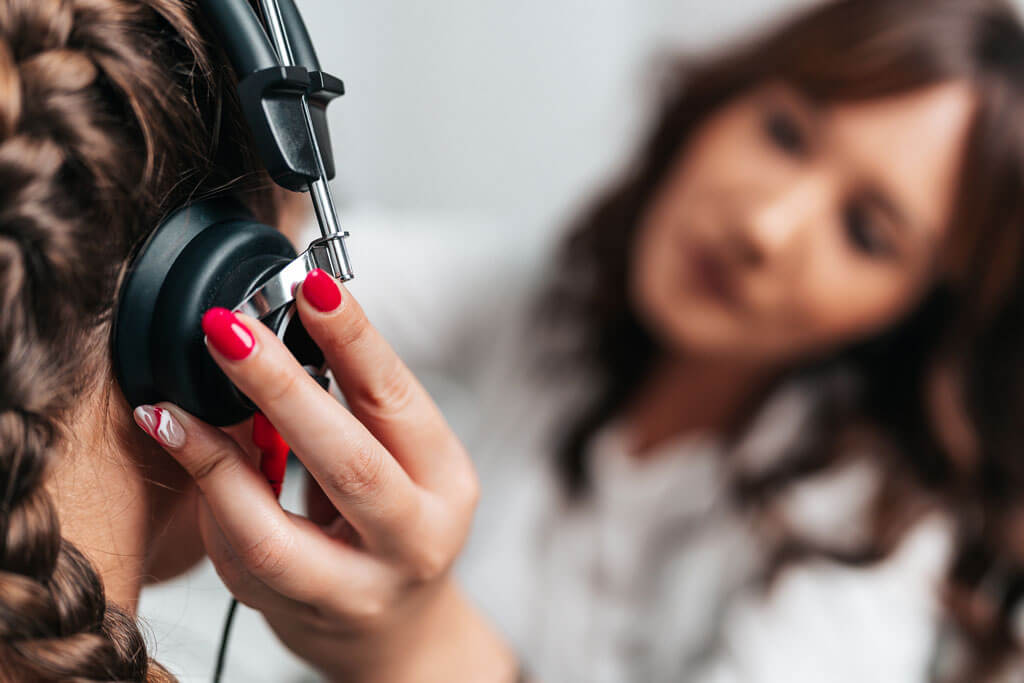Single sided deafness is a condition where you have no usable hearing in one ear and the opposite ear has some hearing loss or even normal hearing. This type of hearing loss can be caused by many different things including a head trauma, a tumor growing on the auditory nerve, a sudden loss in hearing due to a viral infection, or even a bad case of Menieres, just to name a few.
Single sided deafness poses some unique challenges because you cannot treat the deaf ear with a conventional hearing aid. Meaning, the patient has to rely on their good ear 100% of the time. These individuals will have difficulty localizing where sound is coming from and hearing speech on the deaf side, especially in noisy situations.
Treatments for single sided deafness are as follows:
- the use of a Cros on the bad ear – The CROS hearing aid takes sound from the ear with poorer hearing and transmits to the ear with better hearing through a wireless signal.
- The use of a Bone Anchored Hearing Aid (BAHA) – Like the CROS, this device transfers sound over to your better ear; however, it does so using mechanical vibrations instead of a wireless signal.
- The use of a Cochlear Implant on the poor ear – A cochlear implant is a device that restores hearing by stimulating the cochlear nerve with electrical impulses to the poor ear.
We at Hearing Institute of Ontario can explore all these options with you and help you figure out which will be the best for you. A lot of the decision will depend on personal preference. Many people make the decision based upon whether or not they are comfortable with having a surgery for the BAHA or cochlear implant options. Call or email us to schedule a consultation for a personalized plan to help you with your single sided deafness.










